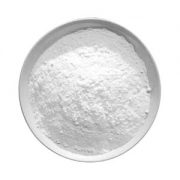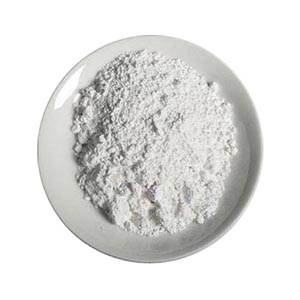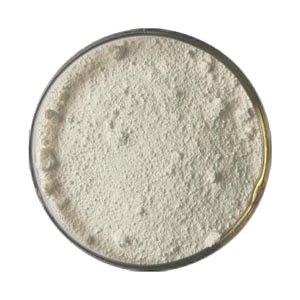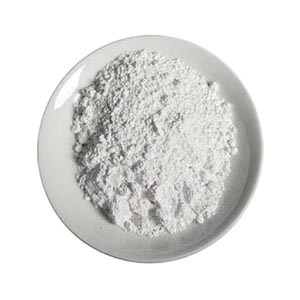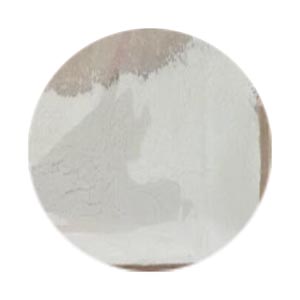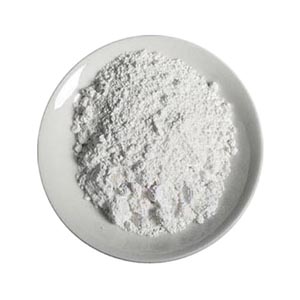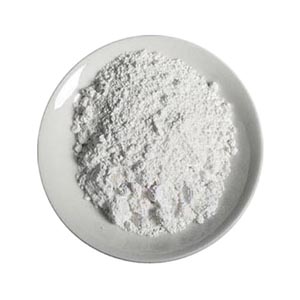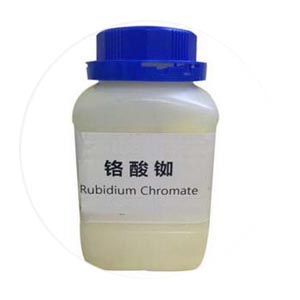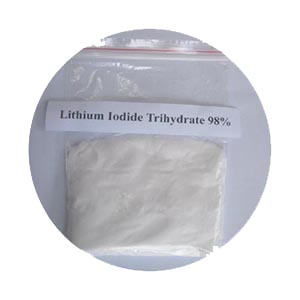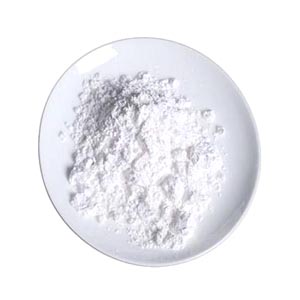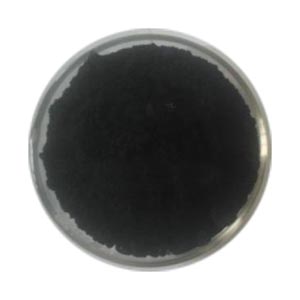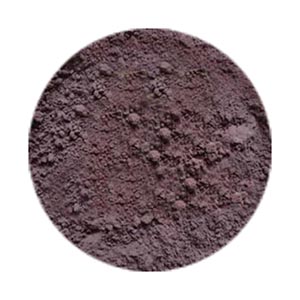
Lithium cobalt phosphate
Other name: Phosphoric acid lithium cobalt
LiCoPO4
Form: powder, target material
Purity: 3N
Lithium battery anode material
Lithium cobalt phosphate powder/target material is the anode material of new lithium battery, with high capacity, good cycling performance, voltage platform of 4.8v and good safety
- 描述
- Inquiry
The working voltage of lithium cobalt phosphate material can reach 4.8v and the capacity can reach 170mAh/g. It has the same crystal structure as lithium iron phosphate, both of which are ordered peridotite structure and belong to orthogonal crystal system, the space group is Pmnb, and the crystal cell parameters are a=0.5922nm, b=1.0202nm and c=0.4699nm. In the crystal, O atoms are hexagonal dense, P atoms occupy tetrahedral gaps, and Li and Co atoms occupy octahedral gaps. CoO6, an octahedron with common edge, is linked to PO4 tetrahedron in the direction of C axis to form a chain. Because the co-o-p bond stabilizes the crystal structure, the crystal rearrangement is very small and the crystal structure is very stable in the process of charging and discharging, which also guarantees the good cycling performance of cobalt phosphate material. Especially in some fields requiring long-term storage, such as distributed energy storage, energy storage batteries need long-term floating charge of small current, which will lead to excessive release of Li+ and damage the structure of positive electrode materials. As for phosphate materials, due to their stable structure, even in the long-term process of small current floating charge, Li+ excessive release, phosphate materials still have good stability and resistance to floating charge. However, the CoO6 octahedron is not directly connected, but is connected by a tetrahedral PO4, so it cannot form a continuous co-o-co structure like lithium cobalt oxide material. Therefore, the conductivity of lithium cobalt phosphate material is very poor, affecting the discharge performance of the material with large current. The discharge mechanism of lithium cobalt phosphate material is relatively complex. According to the research of n.n.ramnik et al., the charging process of lithium cobalt phosphate is mainly divided into two steps:
The synthesis method of lithium cobalt phosphate is similar to that of lithium iron phosphate, including solid phase method, sol-gel method, hydrothermal method, microwave method and spray drying pyrolysis method. The solid phase method is the most simple method, which requires less equipment and is suitable for large-scale industrial production. However, the heat treatment temperature is high, the energy consumption is high, the particle size distribution range of the material is wide, the material batch stability is poor. Sol-gel method can make the raw materials to reach the molecular level of mixing, can effectively reduce the heat treatment temperature and time, the material particle size is small, and the particle size distribution is uniform. However, the raw material cost of sol-gel method is high, and the shrinkage rate of body volume in the heat treatment process is high, so the production efficiency is low. Hydrothermal method is a powerful method to synthesize nanomaterials, which has the advantages of low reaction temperature, low energy consumption, high purity and small particle size. However, hydrothermal method has high requirements on equipment and low production efficiency, so it is not suitable for large-scale industrial production. Spray thermal decomposition method requires relatively simple equipment, can be continuous production, production cost is low. However, due to the low crystallinity of the material, it is necessary to conduct subsequent heat treatment on the material to improve its performance.
Phosphoric acid lithium cobalt materials, not only inherited the lithium iron phosphate material good security, good cycle stability, resistance to the advantages of small current floating voltage, also greatly improved the material working voltage of 4.8 V, the energy density of the material reached 800 wh/kg, electrolyte and ceramic coatings with high voltage diaphragm use, can get a high energy density and high security of lithium ion battery. We believe that with the progress of production technology, it will be widely used in electric vehicles, distributed energy storage and other fields.
相关产品
-
Rubidium fluoride
Other name: Rubidium monofluoride
CAS no. : 13446-74-7
EINECS no. : 236-603-2
Molecular formula: FRb
Molecular weight: 104.4662
Melting point (℃) : 775.
The boiling point (℃) : 1410.
Relative density (water =1) : 3.56.
The saturation vapor pressure (kPa) : 0.13 (920 ℃).
Solubility: soluble in water, insoluble in ethanol, ether, liquid ammonia, soluble in hydrofluoric acid.
-
Potassium Sodium Titanate
KNaTiO3
Sodium potassium titanate is a new additive, the product uses a special process to completely solve the problem of easy absorption of potassium titanate products. Potassium titanate can reduce the arc voltage, stabilize the arc, reduce the splash, the use of superior performance, fine weld. Can be widely used in low hydrogen electrode, AC and DC electrode, and stainless steel electrode and flux cored wire
-
dipotassium trioxotellurate powder
Other name: Potassium tellurate(IV); POTASSIUM TELLURITE; dipotassiumtrioxotellurate; telluricacid(h2teo3),dipotassiumsalt; Tellurousacid,dipotassiumsalt; dipotassium tellurite.
CAS number: 7790-58-1
EINECS number: 232-213-1
Molecular formula: K2O4Te
Molecular weight: 269.7942
Density (g / mL, 25 ° C): 3.503
Melting point (oC): 460-470
-
Potassium Silicate Titanate
Name: Potassium Silicate Titanate
Other name: Fused Potassium Silico-Titanate
-
Sodium pyroantimonate
CAS no. : 12507-68-5
Molecular formula: NaSb(OH)6
Molecular weight: 246.787
-
Rubidium hydroxide
CAS no. : 1310-82-3
EINECS no. : 215-186-0
Molecular formula: HORb
Molecular weight: 102.4751
Boiling point: 100 °C at 760 mmHg
Solubility in water, soluble
Vapor pressure: 24.5 mmHg at 25 °C
-
Rubidium chromate
Other name: dirubidium dioxido(dioxo)chromium
CAS Number: 13446-72-5
EINECS number: 236-601-1
Molecular formula: CrO4Rb2
Molecular Weight: 286.9293
Density: 3.518
Appearance: Yellow crystal powder
Chemical properties: Soluble in water, its aqueous solution is alkaline.
-
Lithium Iodide Trihydrate
CAS no. : 7790-22-9
Molecular formula: H6ILiO3
Molecular weight: 187.8913
Melting point: 73 ℃
-
Cesium carbonate
Other name: Cesium carbonate anhydrous; caesium carbonate
CAS no. : 534-17-8
EINECS no. : 208-591-9
Molecular formula: Cs2CO3
Molecular weight: 325.82
Density: 4.072
Melting point: 610 ℃ (dec)
Solubility in water: 261 g / 100 mL (20 ℃)
-
Cesium tungstate
English alias: Cesium tungsten oxide (Cs2WO4); Cesium tungstate. Dicesium tungsten tetraoxide; Dicesium; Oxygen anion (2); Tungsten; Dicaesium dioxido (dioxo) tungsten
CAS no. : 13587-19-4
EINECS no. : 237-019-0
Molecular formula: Cs2O4W
Molecular weight: 513.6485

